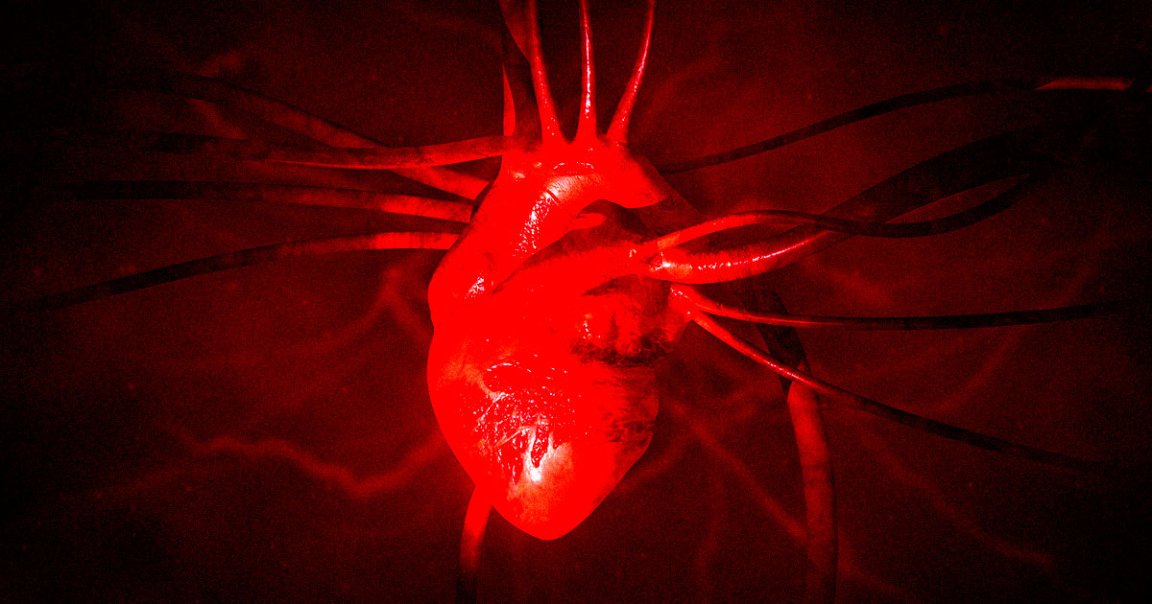
Researchers have found microplastics inside human heart tissues — though as the scientists note, that shouldn’t be all too surprising.
“Everywhere scientists look for microplastics,” a press release about the new research reads, “they’ve found them.”
Be it in food, water, air, and even some parts of the human body, microplastics are absolutely everywhere. And, as it turns out, the human heart, one of the body’s innermost organs, isn’t spared.
An international team of researchers conducted a pilot study by collecting heart tissue samples from 15 patients during heart surgery, as well as blood samples from half of these participants.
Their preliminary findings, published in the journal Environmental Science & Technology, suggest that “microplastics were unexpectedly introduced during the procedures.”
Using laser direct infrared imaging instruments, the researchers detected “tens to thousands of individual microplastic pieces in most tissue samples,” though as the news release notes, “the amounts and materials varied between participants.”
The team detected eight types of plastic in the tissues including polyethylene terephthalate, which is primarily found in polyester clothing, and polyvinyl chloride or PVC.
Blood samples from all of the participants also contained minuscule plastic particles of a number of different types as well, but, curiously enough, “after surgery their average size decreased.”
While this is far from the first time materials have been left behind in human bodies post-surgery, this pilot study shines a line on how microplastics like those found in these 15 patients could be introduced without any neglect on the part of the surgeons.
“The findings show how invasive medical procedures are an overlooked route of microplastics exposure,” the press release notes, “providing direct access to the bloodstream and internal tissues.”
Larger and more diverse studies are, of course, in order to figure out how common a problem this really is, but these preliminary results are more than enough evidence to consider this a serious line of inquiry.
More on microplastics: After Seeing This Terrifying Study, We’re Never Microwaving Plastic Again